Save Your Knees, Mobilize Your Ankles!
Rasta, pulling off a pretty serious bottom turn. I want you to focus on the rear foot, especially the angle of the lower leg, or the amount of dorsiflexion at the ankle.
What the hell is dorsiflexion?

It’s movement of pulling your foot/toes towards your knee.
And without proper range of motion in that movement, a bottom turn like that will simply not happen.
Not only will it just not happen, if you’re lacking proper range of motion, you’re inevitably going to get some seriously pissed off knees.
Pissed of knees are going to keep you out of the water, and if not out of the water, they will certainly chip away at your abilities.
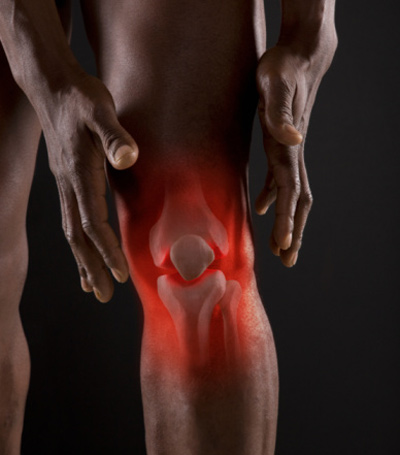
So you know what dorsiflexion is now. But why the hell would movement, or lack of movement at the ankle effect the knee.
Well folks, the body is engineered with everything interconnected. Everything is everything, a very zen moment.
An offset at one joint will affect other body parts up the kinetic chain.
The ankle, being damn near the start of the lower body kinetic chain can set of a ton of issues further up the body, with the knee being commonly effected.
Again, your body is interconnected, so if it is lacking range of motion at one joint, the body will force or rob movement at another joint.
Lacking range of motion, dorsiflexion at the ankle joint, will force the knee to compensate with more movement. And the knee likes to be stable, not excessively mobile.
When a joint that is designed to be stable is forced to move excessively, here comes inflammation, tissue damage, and pain….. No bueno, and No surf.
This is why I continually harp about thoracic spine mobility for shoulder health.
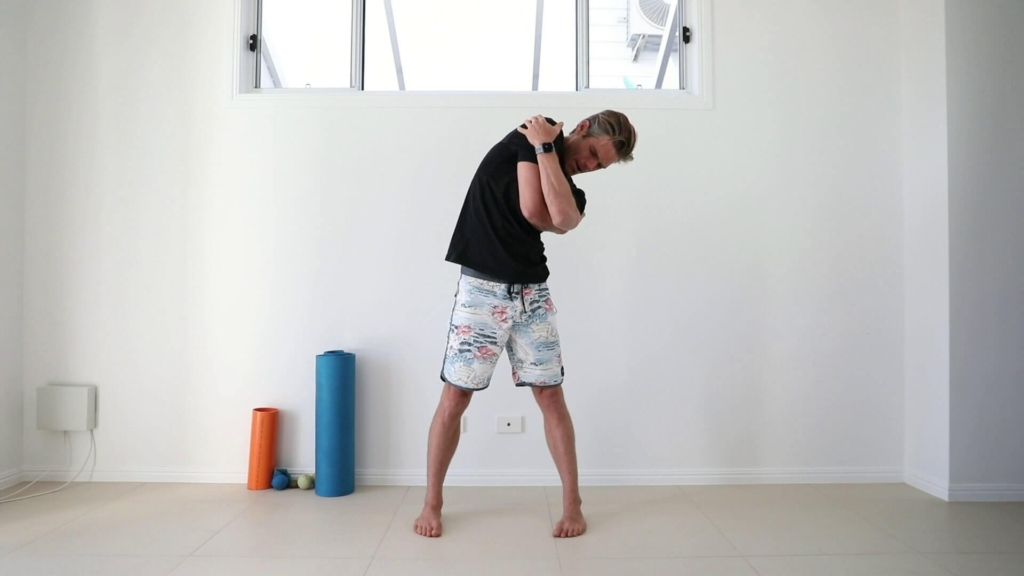
If you’re thoracic spine isn’t moving, it offsets all the joints around it, similarly with the ankle.
So to keep your knees healthy, or help to restore your knees to optimum performance, you gotta start looking at the foot and ankle.
The average weekend warrior surfer, is likely sitting at a desk.
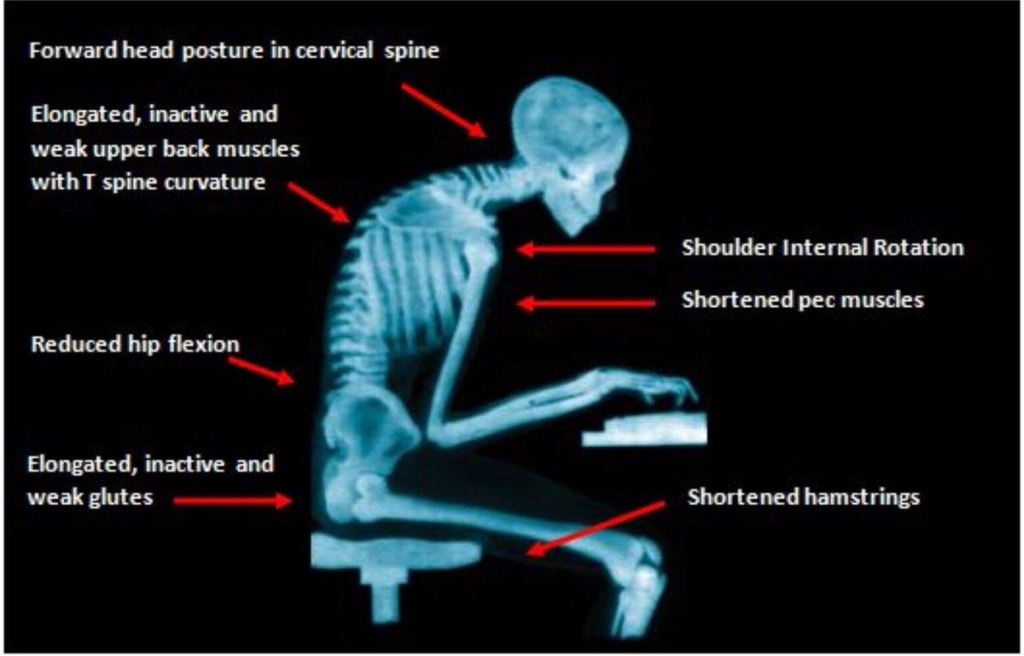
Sitting at a desk, is without a doubt going to slowly but surely decrease your ankle range of motion (dorsiflexion). Everybody, even the pros, could benefit from increasing ankle mobility.
This will not only help to increase performance by allowing more dynamic movement at the ankle, thus allowing for more serious board positions.
But it will make huge leaps and bounds at making your body more resilient to injury, especially at the foot and knee.
Lack of ankle range of motion will even stop you from being able to squat or lunge efficiently…
Think about how that could effect your pop-ups, floater landings, barrel tucking, the list just keeps going.
This is an easy one to work on. And if you are at all serious about improving your time in the water, ridding your body of aches and pains, and just making your body more injury proof, then get to work on some ankle mobility.
More ankle mobility will be coming in the future, so in the mean time, get your ankles moving properly using the movements in the video and also foam roll the calf area…………… and if you’re a high heel wearing woman, or even man for that matter, put in some double time on this mobilization.
Ankle Mobility: The Key to Strong Surfing
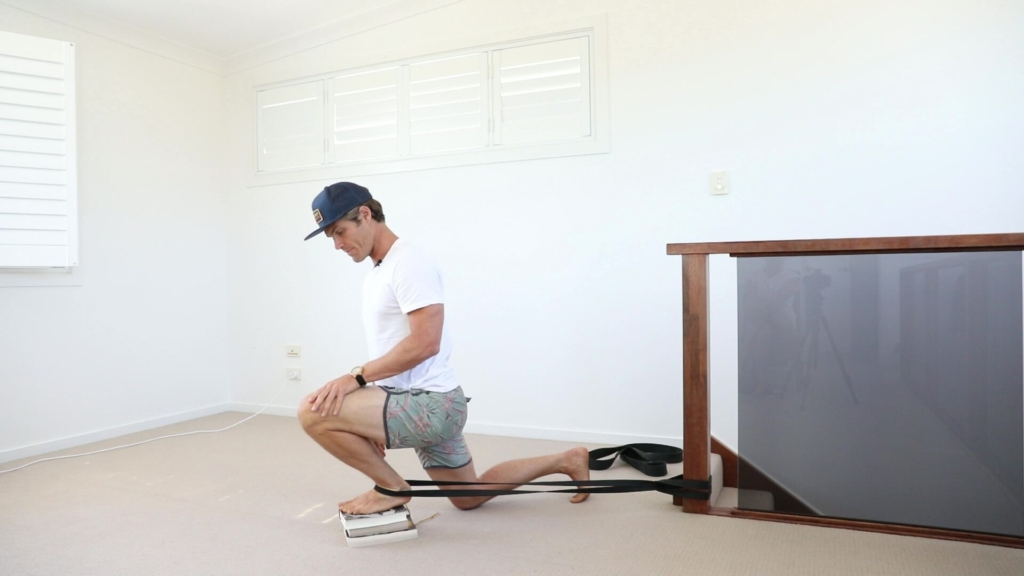
Now that we understand the importance of ankle mobility and its impact on our knees, let’s dive into some exercises to improve dorsiflexion and keep our ankles in top shape for surfing.
Remember, these exercises are designed to increase mobility and prevent injury, so always listen to your body and stop if you experience pain or discomfort.
Why Ankle Mobility is Important for Surfing
As a surfer, your ankles are crucial for maintaining balance and stability on your board.
Without proper ankle mobility, you may struggle to maintain your footing and perform the necessary maneuvers to catch waves and ride them to shore.
In addition to improving your surfing skills, ankle mobility exercises can also help prevent injuries.
Strong, flexible ankles are better equipped to handle the rigors of surfing, which involves a lot of twisting, turning, and sudden movements.
Common Causes of Ankle Stiffness

There are many factors that can contribute to ankle stiffness and reduced mobility. These include:
- Poor posture and alignment
- Weak or tight muscles in the feet, calves, and ankles
- Prior injuries or surgeries
- Aging and natural wear and tear
Simple Ankle Mobility Exercises

Here are a few ankle mobility exercises you can do at home to improve your flexibility and reduce your risk of injury:
- Ankle Circles: Sit on the ground with your legs extended in front of you. Slowly rotate your ankles in a clockwise direction, making large circles with your toes. Repeat in a counterclockwise direction.
- Heel Raises: Stand with your feet hip-width apart and slowly raise your heels off the ground, lifting your body weight onto the balls of your feet. Hold for a few seconds, then lower your heels back down to the ground.
- Ankle Flexes: Sit on the ground with your legs extended in front of you. Point your toes away from your body as far as you can, then flex your feet back towards your shins. Repeat several times.
Ankle mobility is essential for surfers who want to improve their skills and prevent injuries.
By incorporating a few simple exercises into your routine, you can increase your flexibility and keep your ankles strong and healthy.
Remember to always listen to your body and stop any exercise that causes pain or discomfort.
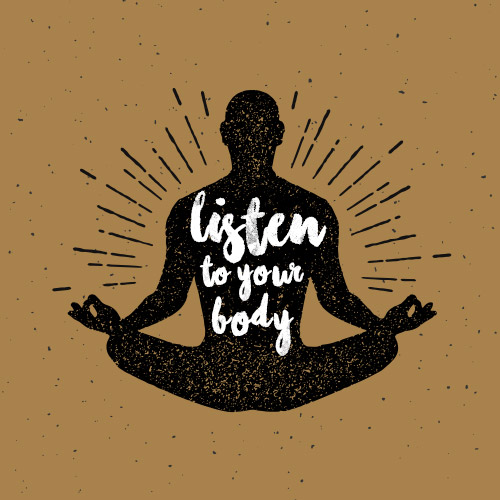
If you have a history of ankle injuries or chronic pain, be sure to consult with a healthcare professional before starting any new exercise program.


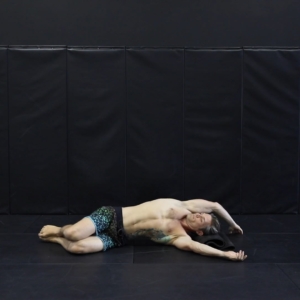
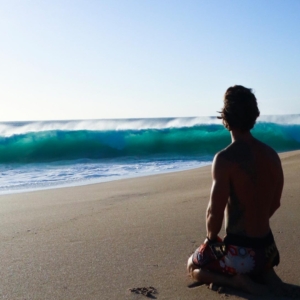
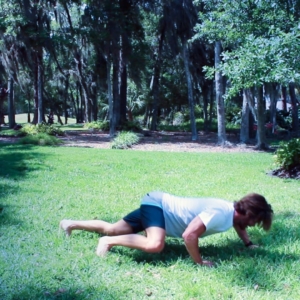
Comment